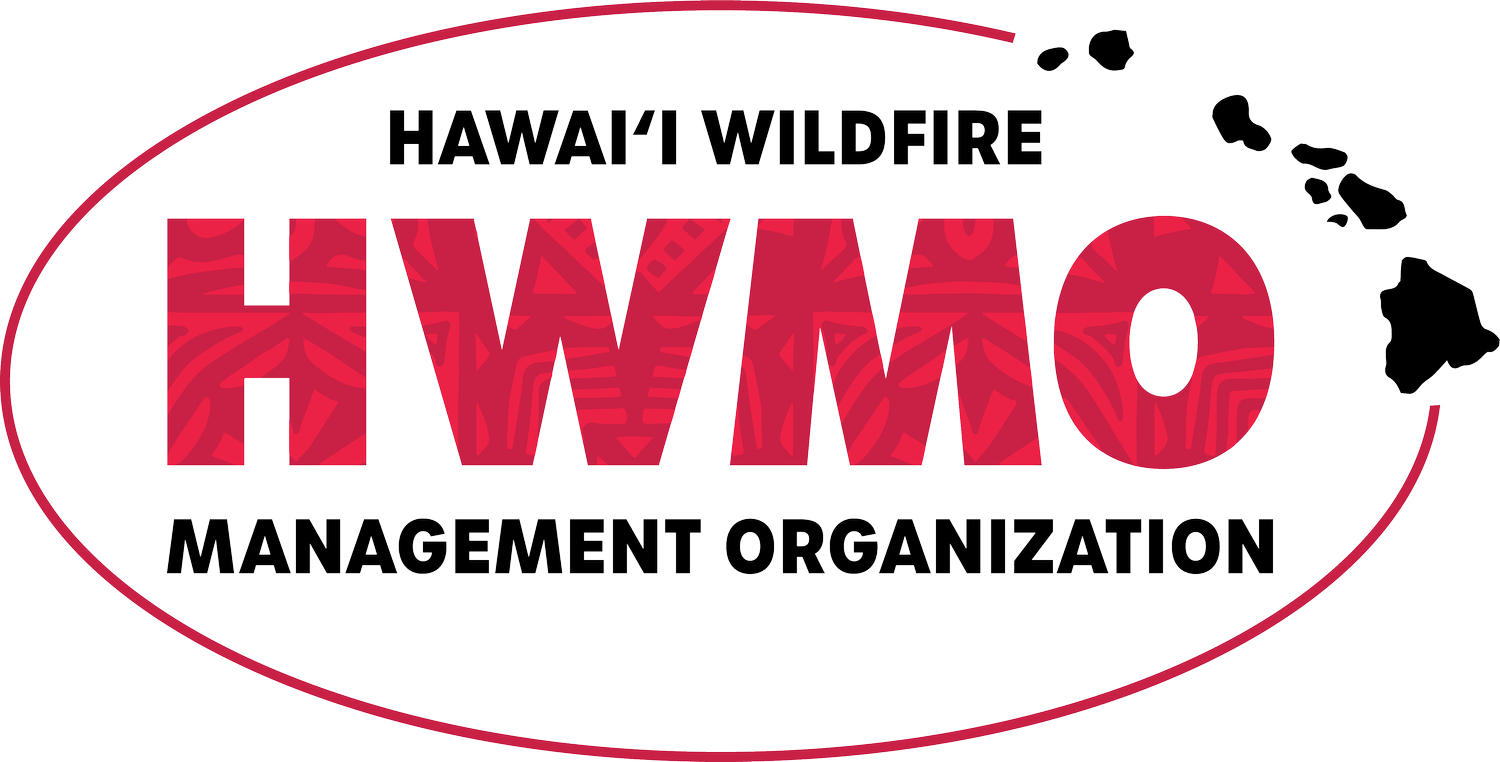Wildfire in Hawaii Factsheet
Did you know that the average area burned per year in Hawaii has increased 400% over the past century? Check out this Pacific Fire Exchange fact sheet that presents Hawaii Wildfire Management Organization's State Wildfire History Map and Dr. Clay Trauernichts' key findings from his research on the scale and scope of wildfire in Hawaii.
"Over the past decade, an average of >1000 wildfires burned >17,000 acres each year in Hawai‘i, with the percentage of total land area burned comparable to and often exceeding figures for the fire-prone western US (Fig. 1). Humans have caused much of the increase in wildfire threat by increasing the abundance of ignitions (Fig. 2) and introducing nonnative, fire-prone grasses and shrubs. Nonnative grasslands and shrublands now cover nearly one quarter of Hawaii's total land area and, together with a warming, drying climate and year round fire season, greatly increase the incidence of larger fires (Fig. 3), especially in leeward areas. Wildfires were once limited in Hawai‘i to active volcanic eruptions and infrequent dry lightning strikes. However, the dramatic increase in wildfire prevalence poses serious threats to human safety, infrastructure, agricultural production, cultural resources, native ecosystems, watershed functioning, and nearshore coastal resources statewide."

